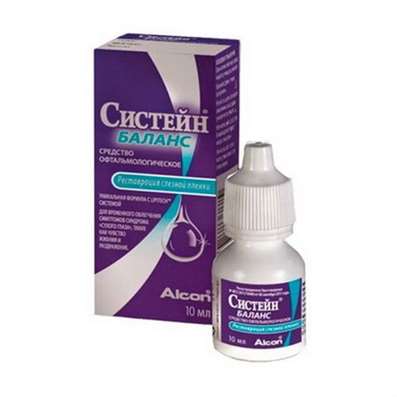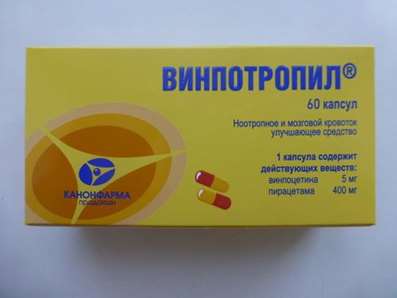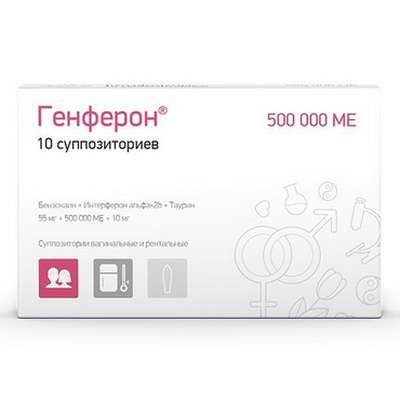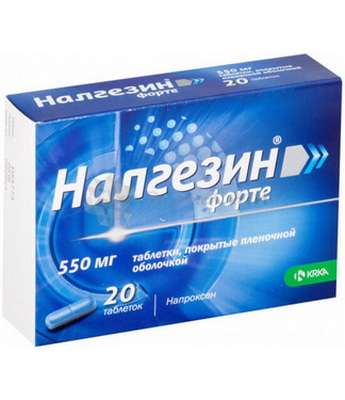Swirl Heart Arrhythmia
02 Nov 2016
Professor of Medicine, Dr. Doping tells about tachyarrhythmias, pacemakers, and the theory of self-wave vortices. What is the role of the heart in the body? What functions are performed by the cell - pacemakers? What does the damage wave excitation?
What is the role of the heart in the human body? If you factor out all the lyrical digressions, the heart - this pump. Heart gives the ability to pump blood through the tissue of the small circle of blood is enriched with oxygen, over a large range, it sends oxygen to the tissue, removes metabolites, thus allowing the whole body.
Excitation in the heart extends from the sinus node. The atrium has a small concave, where the cells called pacemakers. These cells are the pacemakers, they set the rhythm of the heart, there runs a wave of excitement that covers the atrium first, and then the ventricles. When the heart is running excitation wave, she could face any obstacle. For example, it can be heart tissue damage due to a heart attack. If the excitation wave is on the right heart, it works efficiently.
For Heart problem is often used Mexidol, Meldonium, Coramine, Asparcam.
The theory of vortices of heart there are more than 50 years. The first hypothesis that paroxysmal tachycardia is due to the occurrence of rientri, voiced by none other than the brilliant mathematician Norbert Wiener. The first work on this subject was published in 1946, Wiener and his Mexican counterpart, Arturo Rosenbluth. The article was devoted to reentry around the upper vena cava as a cause of paroxysmal tachycardias.

 Cart
Cart





